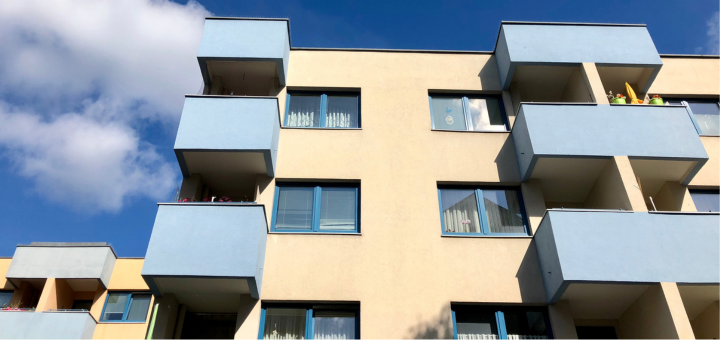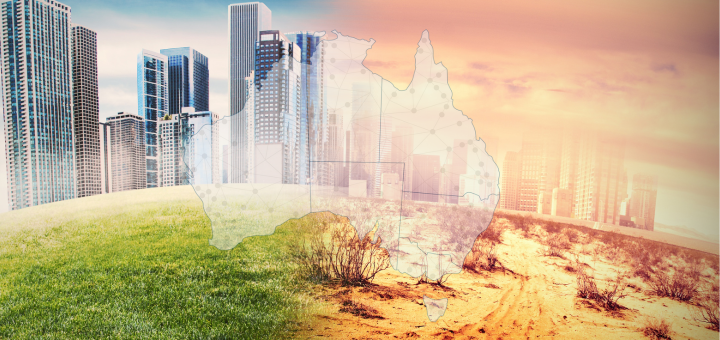The 2026 Regional Victoria Commonwealth Games have been cancelled. As the impacted cities and towns come to terms with what this means for their community and local area economy, Daniel Evans takes a look at what Regional Victorians themselves – across Western Victoria, Central Victoria and Eastern Victoria – believe needs to happen to advance quality of life for people where they live.
While the Games was going to be a fine spectacle and provide us with a reason to cheer the ‘green and gold’ in Regional Victorians’ backyards, they were also a vehicle to deliver social and economic opportunity, and long-life infrastructure investment to many of the State’s regional areas, namely Geelong, Bendigo, Ballarat, Shepparton and Gippsland.
When cancelling the Games, the Premier provided assurance to these communities that the dividend associated with the event will still be achieved, stating “the Victorian Government will deliver a comprehensive $2 billion package to ensure regional Victoria still receives all the benefits that would have been facilitated by the Games – and more”.
So, what should this money be spent on, where, and how will we know if these investments deliver the ‘benefits’ promised by the Premier?
Our recently delivered Living in Australia – National Liveability Survey (sign-up to explore the insights and data for free HERE) provides advice as to what Regional Victorians themselves believe needs to happen to advance quality of life where they live. While the annual Living in Australia insights are principally used to provide spatial benchmarking for clients who subscribe to our Living in Place community survey, for this blog we will use the data as resident-led evidence base to demonstrate demand for investment in two focus areas: ‘affordable decent housing’ and ‘high quality health services’.
Investment in “affordable decent housing”…
At the risk of pointing out the obvious, the provision of ‘affordable decent housing’ forms the bedrock upon which humans can build a better and more prosperous life.
If we have access to ‘affordable decent housing’ that is both stable and safe, we can move forward with achieving higher level goals – such as advancing our education, personal financial circumstances, and social wellbeing. Without somewhere to call ‘home’, individuals cannot even fulfill their basic physiological needs such as shelter, warmth, and protection from the elements. In short, the provision of ‘affordable decent housing’ is fundamental.
This came through loud and clear for Regional Victorians, who nominated ‘affordable decent housing’ as the 4th most important item that contributes towards making somewhere a good place to live (50% selected it among their five most valued liveability attributes) and the 15th most positively experienced (rating their local area an average of 5.2 out of 10). This combination of very high value and very poor local area experiences determines that ‘affordable decent housing’ represents the single biggest inhibitor to advancing quality of life across Regional Victoria which, by extension, determines it also represents the Region’s greatest opportunity.
While local area views on ‘affordable decent housing’ were largely consistent across Regional Victoria, with Western Victorians rating their local area an average of 5.4, Eastern Victorians 5.2 and Central Victorians 5.0, we observed some significant differences in views based on how people live across Regional Victoria – with Renters rating their local area 4.3/10, Mortgage Holders 5.1 and Owners 5.6.
This video explains how Living in Place can help organisations understand the community’s views on housing.
Improve the provision of “high quality health services”…
While it may seem obvious that understanding and advancing the health and wellbeing of the community is core business for all levels of government, how the collective “we” make that happen is quite complex given the structure of health service provision – and therefore funding – traverses not only our three levels of government, but also involves the private sector and various community-based organisations.
How healthy and well communities are – and how safe people feel in their local area – should be fundamental inputs for how we measure our collective quality of life, and monitor societal progress over the long-term. If people aren’t in good health, if people don’t feel safe, they can’t and won’t participate in society to their fullest extent, which, by extension, will constrain economic growth. Put simply, a healthy and safe community will be a productive community. When people are healthy, they are more likely to be able to work and contribute to the local economy which, by extension can attract investment, which can lead to further economic growth, greater and broader opportunities, and a higher quality of life.
Regional Victorians understand this and nominated ‘high quality health services’ as the 3rd most important item that contributes towards making somewhere a good place to live (53%) and the 11th most positively experienced (5.9/10). Similar to housing, given health’s importance to the community, any improvements or decline in local area experiences of ‘high quality health services’ will be very influential in how residents view their quality of life overall.
Where Regional Victorians live played a role in how they viewed local area experiences of ‘high quality health services’, with those from Western Victoria reporting better experiences (6.2/10) in comparison to those from Central Victoria (5.9) and Eastern Victoria (5.3). The community’s views on health services were also reflected in how residents in these Regions perceived their own health, with residents from Western Victoria reporting higher current mental health (7.4/10) in comparison to Central Victorians (7.2) and Eastern Victorians (7.0).
This video explains how Living in Place can help organisations understand the how the community feels about their health and wellbeing.
In conclusion…
We understand that delivering ‘affordable decent housing’ and improving equitable access to ‘high quality health services’ are not easy fixes however we do feel that substantial long-term investments to affect positive change in both of these focus areas across Regional Victorian communities will be a step in the right direction to advance local area liveability.
How to access more information
Watch our Living in Australia – National Liveability Insights webinar in full HERE and access all the insights, data and resources related to Living in Australia on the views.id reporting and exploratory platform HERE. Webinar slides are available for viewing HERE.
If you’d like to learn more about how Living in Place can help bring your residents’ voices to Council’s most important decisions, this brochure provides a simple overview, answers frequently asked questions and includes links to other helpful information. Visit views.id to see which Councils subscribe to Living in Place and if you’d like to have a chat about Living in Place in your local context, feel free to book a meeting at a time that works for you HERE.









